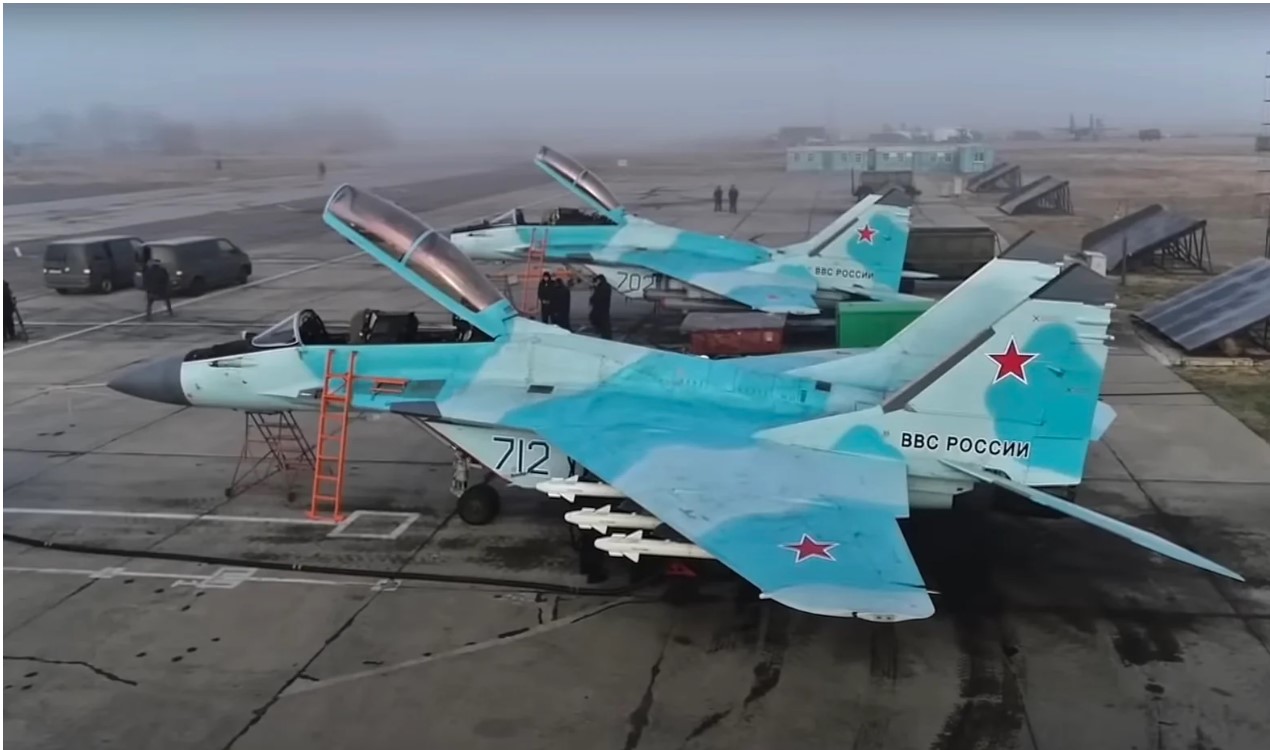Russia is seeking to revitalize production of the MiG-35 fighter jet—the most advanced derivative of the original MiG-29—despite years of the aircraft appearing to be "a weapon platform without an audience," Breaking Defense reports.
Yuri Slyusar, former head of the United Aircraft-Building Corporation (OAK), confirmed that large-scale production of the "4+++ generation fighter" will begin in 2025, before his departure last year. This decision is largely driven by the war in Ukraine, as the Russian Aerospace Forces (VKS) urgently need to replace combat losses with available advanced aircraft.
Though the VKS ordered 24 MiG-35s in 2017 to be delivered by the end of 2027, estimates suggest fewer than 10 have actually been produced to date, with no export customers showing serious interest.
MiG-35 offers advantages despite missing radar tech
The latest MiG-35 variant offers several advantages over heavier Sukhoi models in Russia's inventory, despite lacking the Phazotron Zhuk-A AESA radar in VKS versions to reduce costs. However, without this radar, the MiG-35 falls short as a standout weapons platform compared to other VKS-operated fighters.
"You pay for aircraft by the pound when you are using them in combat," one Ukrainian radar and electronic systems enterprise director told Breaking Defense. "Unlike the Russians, who until now have rarely used the MiG in combat, Ukraine industry has experience with maintaining both the MiGs and Sukhoi models in high op-tempo environments."
The MiG-35's advantages include:
- Lower maintenance and operational costs compared to heavier Sukhoi fighters
- Ability to operate from shorter runways and unimproved surfaces
- Redesigned center wingbox section and wing area increases
- Increased range of up to 1,250 miles without external tanks—about 50% more than the original MiG-29
- In-flight refueling capability absent in many previous MiG models.
Perhaps most significantly, the modernized MiG-35's onboard systems are now unified with the systems installed on Russia's other frontline fighters, the Su-30SM2 and Su-35S, creating unprecedented interoperability between different Russian fighter models.
Russia’s ambitions face production roadblocks
Despite the strategic rationale, experts express skepticism about Russia's ability to ramp up MiG-35 production.
"This all sounds great for the people involved in the MiG program, but what are the real possibilities?" a former Mikoyan engineer told Breaking Defense. "The production plants have not had to engage in production of large numbers of MiG aircraft for decades. Do they still know how to do this?"
Critical challenges include:
- Severe manpower shortages in Russian defense plants
- Disrupted or nonexistent supply chains for MiG components
- Production capacity concerns, as the massive Znamya Truda plant in Moscow that once built hundreds of MiG-29s has been largely abandoned
- Remaining assembly orders shifted to the smaller Lukhovitsiy Machine-Building Plant (LMZ)
- Uncertainty around radar production, mainly the Phazotron Zhuk-MA AESA intended for new units.
The timing of Slyusar’s departure to become a regional governor raises additional questions about the program’s viability. A former Mikoyan engineer suggested that it might be "probably not worth the unpleasantness" faced by leadership when the aircraft cannot be built on time—or at all.
Read more:
- Forbes: Ukrainian robot fixes razor wire damaged by doomed Russian tank with dead crew inside
- Frontline Report: Ukraine is tightening the noose on Russian position near Kupiansk
- Putin wants all of Ukraine – the territory dispute is a Western fantasy, Danish expert reveals

